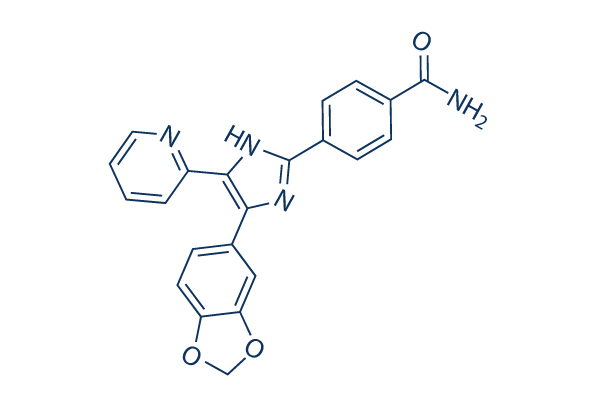On the other hand, HEPN domains totally lacking any conserved charged and polar resi dues are more likely to be catalytically inactive versions that perform as nucleic acid binding domains. Structural capabilities with the HEPN domain as well as the exceptional structural rearrangement during the HEPN from CRISPR Cas systems To location the recognized sequence attributes within the HEPN domain inside a 3 dimensional context, we carried out a systematic comparison of all readily available structures of HEPN domains while in the PDB database. Aside from the C terminal helical domains of nucleotidyltransferases, we retrieved sixteen distinct struc tures of HEPN domains that come from seven distinct families. A comparison of those structures showed that the HEPN domain adopts a four helical up down fold similar to the fold in the coat proteins of plant rod shaped RNA viruses and cytochrome C.
The core of this fold includes a very simple architecture comprised of two similarly structured hairpins that are appressed against every at an acute angle this kind of that the N and C termini are spatially jux a total noob taposed. Such an arrangement in the termini can favor circular permutations, and that is indeed observed inside the construction in the KEN domain, where the equivalent of helix one of normal HEPN domains gets the C terminal most helix. Yet, the HEPN domain is distinguished from other domains that has a comparable 4 helical fold through the frequent presence of inserts involving helix two and helix three which presume the kind an extended loop, an additional helical component and even a helical hairpin. The sequence of this insert is poorly conserved, causing most of the uncertainties from the se quence alignment. In addition, in several of your HEPN domains helix 4 is either kinked or even further distorted by residues in non helical conformations.
The Rx4 6H motif is located on the end of helix three and in the beginning with the loop connecting helix three to helix four. The histidine on this motif is generally exposed on the solvent and accessible for catalysis. The conserved acidic residue in N terminal aspect within the HEPN domain, selleck inhibitor when existing, is in helix 2, and is positioned proximal for the over motif, supporting  its part while in the nuclease energetic web-site of your HEPN domain. The alternative conserved histidine observed inside the AbiV and AF0298 like HEPN T proteins comes from the over brought up inserted involving helix 2 and helix three. In a few HEPN domains the region containing the Rx4 6H motif displays residues in non helical conforma tions, leading to distortion with the helical axis inside the C terminal portion of helix 3. This distortion could indicate selection for flexibility in this region, which might be demanded for effective catalysis or for binding the nucleic acid sub strate.
its part while in the nuclease energetic web-site of your HEPN domain. The alternative conserved histidine observed inside the AbiV and AF0298 like HEPN T proteins comes from the over brought up inserted involving helix 2 and helix three. In a few HEPN domains the region containing the Rx4 6H motif displays residues in non helical conforma tions, leading to distortion with the helical axis inside the C terminal portion of helix 3. This distortion could indicate selection for flexibility in this region, which might be demanded for effective catalysis or for binding the nucleic acid sub strate.
CRET Signal
structural genes encode proteins that are not involved in gene regulation.
